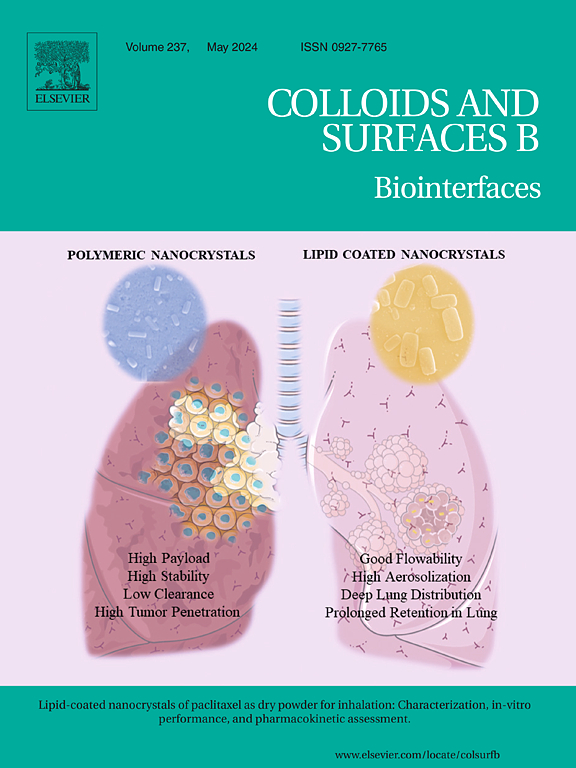Biomaterial-based drug delivery strategies for oral mucosa
IF 5.4
2区 医学
Q1 BIOPHYSICS
引用次数: 0
Abstract
Drug therapy is a key field in modern medicine, and the optimization of its delivery method is crucial. Traditional methods are inherently limited by first-pass effects, high-risk adverse reactions, and patient compliance challenges, which significantly restrict the effectiveness and application potential of drugs. Oral mucosal drug delivery has become a minimally invasive and effective drug delivery strategy. The unique anatomical structure of the oral mucosa facilitates the rapid absorption of drugs into the systemic circulation, thus producing rapid therapeutic effects. However, a complex oral microenvironment and mucosal barrier impede drug absorption. Biomaterials have become an important driving force for the innovative development of oral medicine, owing to their unique and excellent properties. They are widely used for preventing, diagnosing, treating, and rehabilitating oral diseases. This review explores recent advancements in biomaterial-enabled oral mucosal drug delivery systems, analyzing key physiological factors and absorption barriers that impact therapeutic outcomes. Focusing on innovative material engineering strategies highlights significant progress in extending drug residence time and improving delivery precision within the oral cavity. Furthermore, the study identifies critical challenges in translating these advancements from research to clinical practice, emphasizing the need for solutions to bridge this gap.
求助全文
约1分钟内获得全文
求助全文
来源期刊

Colloids and Surfaces B: Biointerfaces
生物-材料科学:生物材料
CiteScore
11.10
自引率
3.40%
发文量
730
审稿时长
42 days
期刊介绍:
Colloids and Surfaces B: Biointerfaces is an international journal devoted to fundamental and applied research on colloid and interfacial phenomena in relation to systems of biological origin, having particular relevance to the medical, pharmaceutical, biotechnological, food and cosmetic fields.
Submissions that: (1) deal solely with biological phenomena and do not describe the physico-chemical or colloid-chemical background and/or mechanism of the phenomena, and (2) deal solely with colloid/interfacial phenomena and do not have appropriate biological content or relevance, are outside the scope of the journal and will not be considered for publication.
The journal publishes regular research papers, reviews, short communications and invited perspective articles, called BioInterface Perspectives. The BioInterface Perspective provide researchers the opportunity to review their own work, as well as provide insight into the work of others that inspired and influenced the author. Regular articles should have a maximum total length of 6,000 words. In addition, a (combined) maximum of 8 normal-sized figures and/or tables is allowed (so for instance 3 tables and 5 figures). For multiple-panel figures each set of two panels equates to one figure. Short communications should not exceed half of the above. It is required to give on the article cover page a short statistical summary of the article listing the total number of words and tables/figures.
 求助内容:
求助内容: 应助结果提醒方式:
应助结果提醒方式:


